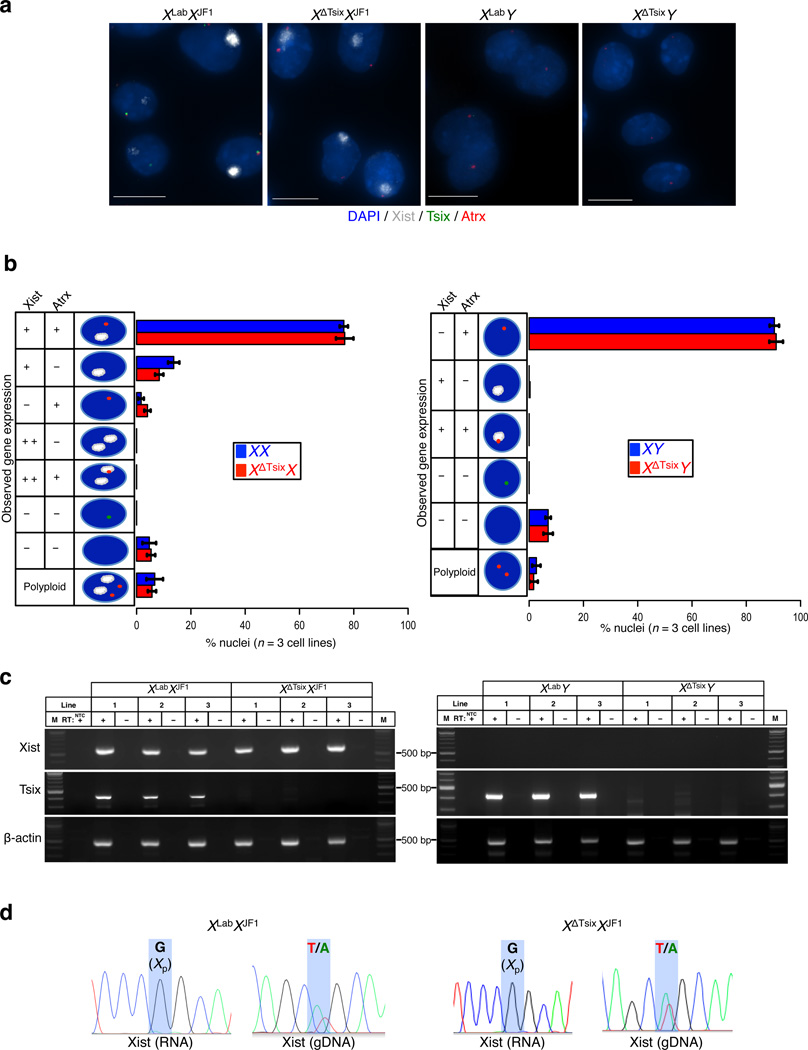Figure 5. Lack of Xist induction from the XΔTsix maternal X-chromosome in cultured extra-embryonic endoderm (XEN) cells.
(a) RNA FISH detection of Xist (white), Tsix (green) and Atrx (red) RNAs in representative XEN cell lines. Nuclei are stained blue with DAPI. Three cell lines of each genotype were analyzed. Scale bar, 10 µm. (b) Quantification of Xist RNA coating and X-linked gene expression in the XEN cells. The X-axis of each graph represents average % nuclei in each class from 100 cells counted per cell line (n = 3 cell lines per genotype). Diagrams along the Y-axis depict all observed expression patterns. +, RNA expression detected from a single X-chromosome; + +, RNA expression detected from both X-chromosomes; -, absence of RNA detection. A subset of tetraploid XEN nuclei show two Xist-coated inactive X-chromosomes and two active X-chromosomes, due to endoreduplication45. Gene expression patterns do not differ significantly between wild-type and Tsix mutant XEN cells (Fisher’s exact test). Error bars, S.D. (c) RT-PCR detection of Xist, Tsix, and control b-actin RNAs in three individual XEN cell lines of each genotype. M, marker; NTC, no template control; +, reaction with reverse transcriptase (RT); -, no RT control lane. (d) Sanger sequencing chromatograms of representative XLabXJF1 and XΔTsixXJF1 RT-PCR products spanning Xist exons 1–4 (RNA), and an Xist genomic DNA amplicon (gDNA) within exon 1. Highlights mark a single nucleotide polymorphism that differs between the maternal XLab / XΔTsix alleles and the paternal XJF1 allele.

